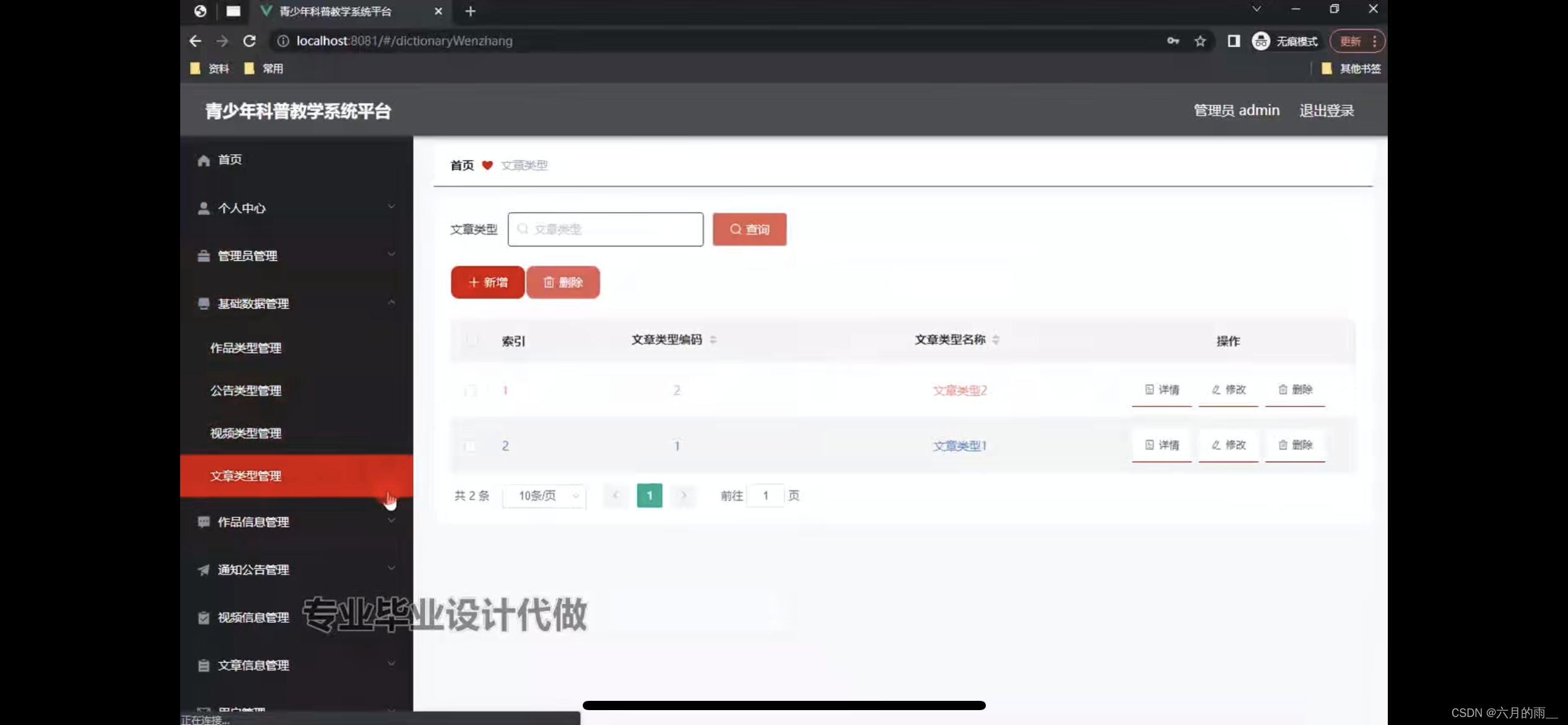1.Stream流的终结方法

2.forEach
对于forEach方法,用来遍历stream流中的所有数据
package com.njau.d10_my_stream;import java.util.ArrayList;
import java.util.Arrays;
import java.util.Collections;
import java.util.function.Consumer;
import java.util.function.IntFunction;/*** 目标:认识stream流的终结方法* void forEach(Consumer action) 遍历* long count() 统计* toArray() 收集流中的数据,放到数组中*/
public class StreamDemo9 {public static void main(String[] args) {ArrayList<String> list = new ArrayList<>();Collections.addAll(list,"张无忌","周芷若","赵敏","张强","张三丰","张翠山","张良","王二麻子","谢广坤");// void forEach(Consumer action) 遍历 返回值为void,证明其为终结方法// Consumer的泛型:表示流中数据的类型// accept方法的形参s:依次表示流里面的每一个数据// 方法体:对没有个数据的处理操作(打印)list.stream().forEach(new Consumer<String>() {@Overridepublic void accept(String s) {System.out.println(s);}});list.stream().forEach(s -> System.out.println(s));}
}
3.count
对于count方法,用于统计流中元素的数量
package com.njau.d10_my_stream;import java.util.ArrayList;
import java.util.Arrays;
import java.util.Collections;
import java.util.function.Consumer;
import java.util.function.IntFunction;/*** 目标:认识stream流的终结方法* void forEach(Consumer action) 遍历* long count() 统计* toArray() 收集流中的数据,放到数组中*/
public class StreamDemo9 {public static void main(String[] args) {ArrayList<String> list = new ArrayList<>();Collections.addAll(list,"张无忌","周芷若","赵敏","张强","张三丰","张翠山","张良","王二麻子","谢广坤");// long count() 统计System.out.println(list.stream().count());}
}
4.toArray(将流存储到数组中去,集合->数组)
深入认识toArray(带有数组类型的方法)
1.new IntFunction的泛型类型:具体类型的数组
2.apply的形参:流中数据的个数,要跟数组长度保持一致
3.apply的返回值:具体类型的数组
方法体:就是创建数组
package com.njau.d10_my_stream;import java.util.ArrayList;
import java.util.Arrays;
import java.util.Collections;
import java.util.function.Consumer;
import java.util.function.IntFunction;/*** 目标:认识stream流的终结方法* void forEach(Consumer action) 遍历* long count() 统计* toArray() 收集流中的数据,放到数组中*/
public class StreamDemo9 {public static void main(String[] args) {ArrayList<String> list = new ArrayList<>();Collections.addAll(list,"张无忌","周芷若","赵敏","张强","张三丰","张翠山","张良","王二麻子","谢广坤");// 深入认识toArray(带有数组类型的方法)// 1.new IntFunction的泛型类型:具体类型的数组// 2.apply的形参:流中数据的个数,要跟数组长度保持一致// 3.apply的返回值:具体类型的数组// 方法体:就是创建数组// toArray方法参数的作用:创建一个String类型的数组// toArray方法的底层:将流中的数据依次存放到数组中// toArray方法的返回值:返回已经存储进去流中数据的数组/*String[] arr2 = list.stream().toArray(new IntFunction<String[]>() {@Overridepublic String[] apply(int value) {return new String[value];}});*/String[] arr2 = list.stream().toArray(value -> new String[value]);System.out.println(Arrays.toString(arr2));}
}



















![项目:微服务即时通讯系统客户端(基于C++QT)]四,中间界面搭建和逻辑准备](https://img-blog.csdnimg.cn/img_convert/3202a33734dc490865719c8cbc7c9c05.png)
